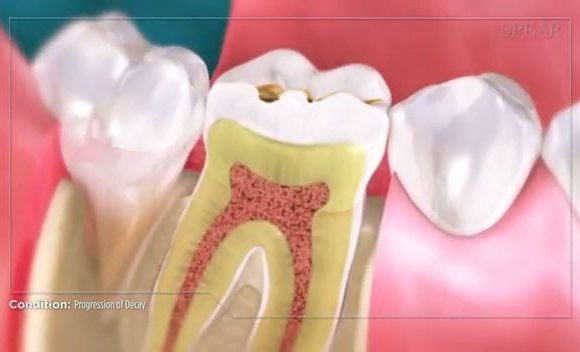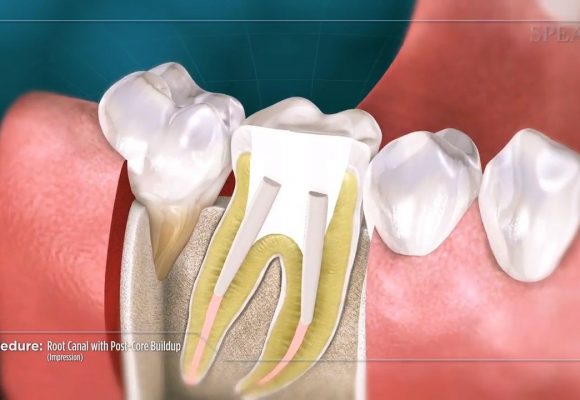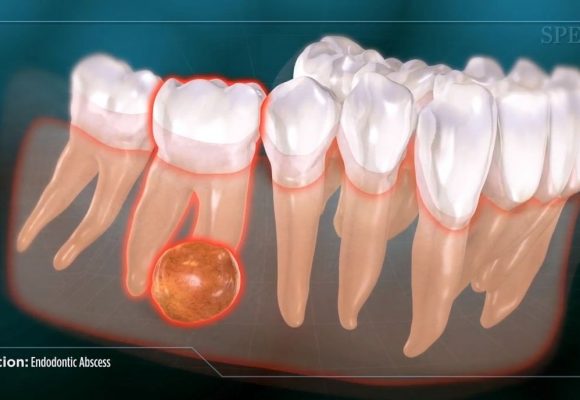Sometimes even after endodontic treatment (a root canal) has been performed on a tooth, some infection may remain at the end of the root.
Symptoms of an infection at include throbbing tooth pain, sensitivity to heat, and sensitivity when chewing, and can escalate to fever, swollen lymph nodes and sinus pain. If left untreated, it may result in loss of the tooth and spreading of the infection throughout your body.
During an apicoectomy, your doctor accesses the infection by creating a small opening above the tooth.
The infected tissue is removed, and the tip of the root is reduced to remove any additional infection.
Next, the opening is cleaned and filled, and the area is closed and left to heal. Healing for an apicoectomy depends on the severity of the infection, and can range from months to a year.
With the infection removed and the root re-sealed, the tooth has been saved and returned to a healthy state.
Copyright © 2018 Spear Education. All rights reserved.
Related Articles

Progression of Decay
The process of tooth decay starts with plaque and bacteria building up on the tooth…
Read more
Root Canal with PostCore Buildup (Impression)
A root canal is needed when the nerve of a tooth has become damaged by…
Read more
